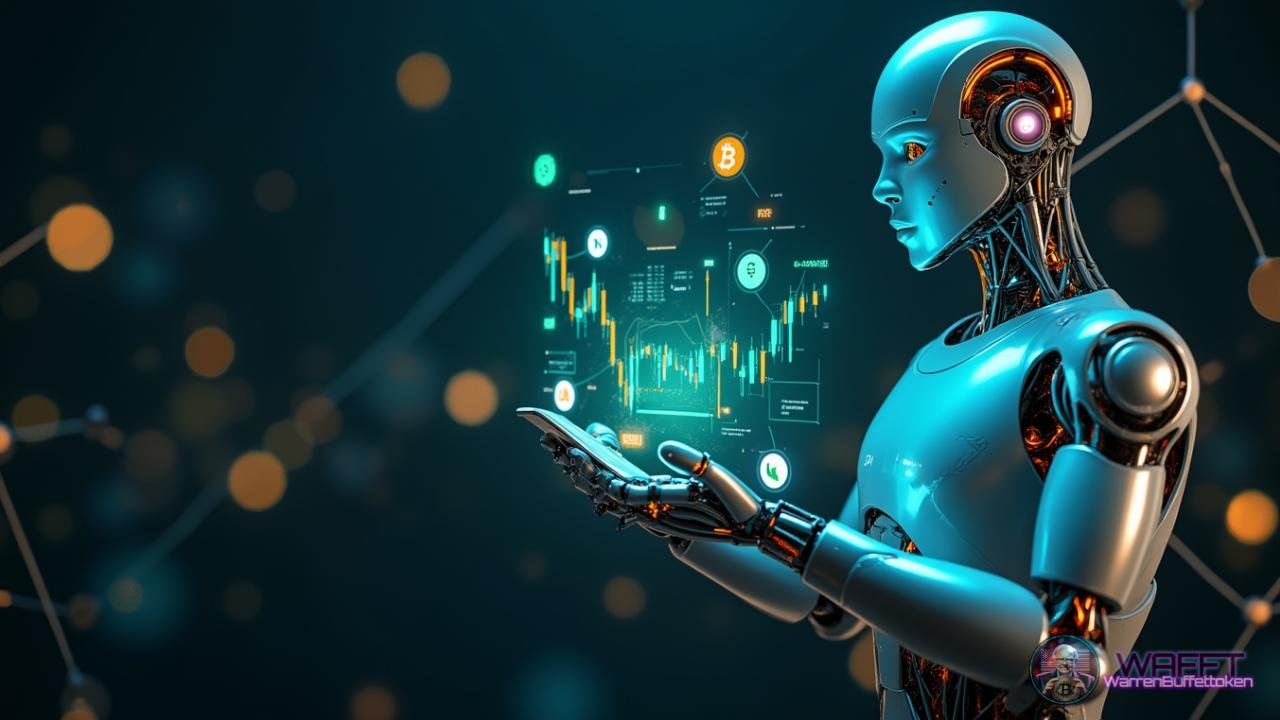Capital:
What is it? Where does it come from? Where is it going?💼💸
Capital is one of the most important and multifaceted concepts in economics, finance, and business. It is a central pillar in wealth creation, economic growth, and productivity. Whether it is starting a new business, developing infrastructure, investing in human talent, or driving innovation, capital is critical.
In this article, we are going to delve into what capital is, how it has evolved over time, its different types, its impact on the global economy, and the influential figures who have shaped our understanding of capital.🕵🏼

Capital Definition: An Overview👀
In simple terms, capital is any asset or resource that can be used to generate more value or income. Although it is commonly associated with money, capital includes a broader spectrum of goods, such as machinery, buildings, intellectual property, natural resources, and of course, human capital, which refers to the skills and abilities of people.
Capital is one of the four factors of production in classical economics, along with land, labor, and technology.
While land and labor are natural and human resources respectively, capital is the only factor that accumulates over time. Through investment, savings, and reinvestment, capital has the potential to increase the productive capacity of an economy.
Capital vs. Money: Are They the Same? 🤔
Although money is a type of capital, not all capital is money. Capital includes not only cash or bank accounts, but also other productive assets.
A classic example is a factory with machinery; These equipment are part of the capital, since they are used to produce products that generate income.
Origins and Evolution of Capital 📜
The concept of capital is not new. Adam Smith, in his influential work The Wealth of Nations (1776), was one of the first to define capital as one of the key factors for the production of wealth.
According to Smith, capital was essential for economic progress, as it allowed people and companies to increase their productivity.
- Smith emphasized the importance of savings as a means of accumulating capital, and that the more capital was accumulated, the greater the capacity for growth.
Later, economists such as Karl Marx developed more complex theories about capital. Marx, in his work Capital (1867), argued that capital, in the hands of the owners of the means of production, was a source of exploitation of workers.
- For Marx, capital was not only a productive resource, but also an instrument of power.
In the 20th century, economists such as John Maynard Keynes redefined capital within a macroeconomic framework. Keynes stressed the importance of financial capital and its relationship to economic growth.
- According to Keynes, capital investment does not always lead to automatic and balanced growth, but must be managed prudently to avoid economic crises and recessions.
Types of Capital: A World of Resources 🏗️💡
Capital is not a uniform concept; it comes in many forms, each with a specific role in the economy.
Below, we explore the main types of capital:
1. Physical or Productive Capital 🏭
Physical capital refers to tangible assets that are used for the production of goods and services.
This type of capital includes:
- Machinery and tools: Items such as factory production lines, industrial equipment, and specialized tools that allow products to be manufactured on a large scale.
- Infrastructure: Roads, bridges, electrical grids, buildings, factories, and other fixed assets that facilitate production and distribution.
- Technology: Computer equipment, software, and hardware that optimize production processes and improve the efficiency of companies.
Physical capital is essential to increasing the productive capacity of any company or country. Nations with a solid investment in infrastructure and technology have a significant competitive advantage in international trade.
2. Financial Capital 💵
Financial capital refers to monetary assets or resources that are used to make investments.
This type of capital includes:
- Cash: Liquid funds that are available for immediate investment.
- Stocks and bonds: Investments in companies or in public and private debt that generate future returns.
- Bank deposits: Funds held in financial institutions that can be used for investments or loans.
Financial capital is essential for economic growth as it allows companies to expand, finance new projects, and develop innovative technologies.

3. Human Capital 👩🏫
Human capital refers to the economic value of people’s skills, education, and experience. A more experienced or better-educated employee has greater human capital, which translates into a greater earning capacity. This concept has gained greater importance in the modern economy, especially in sectors such as technology and services.
Gary Becker, a Nobel Prize-winning economist, was one of the first to develop the idea that education and training are investments in human capital, which increases the productivity and economic well-being of individuals and societies.
4. Social Capital 🌍
Social capital does not refer to material goods, but to networks of relationships and trust between people and organizations. Social connections can be a source of economic value, as they facilitate cooperation, information sharing, and access to resources.
Examples of social capital include:
1. Professional networks: Groups of contacts that can help a person or company access new job or business opportunities.
2. Community trust: In societies with high levels of trust, economic transactions tend to be more efficient, as there is less need for costly mechanisms to enforce contracts.
The Role of Capital in the Modern Economy 🌍📈
Capital is essential for long-term economic development and growth. Its role is to boost production, improve efficiency, and increase consumption capacity.
1. In Business
For businesses, capital is the engine of growth.
The more capital a business has, the greater the opportunities for:

Investments in technology:
Acquiring new technologies can make businesses more efficient and competitive.
Expansion:
With more capital, a business can open new factories, branches, or outlets, thereby increasing its market presence.
Innovation:
Investing in research and development (R&D) allows businesses to create new products or improve existing ones.
A classic example is the case of Apple:
the company has used its vast financial capital to fund technological developments that have placed it as a world leader in innovation.
2. In the National Economy
At the macroeconomic level, capital accumulation is a crucial factor for economic growth. Countries that invest in infrastructure, education and technology tend to experience faster and more sustained growth.
A clear example is the case of China, which has experienced explosive economic growth in recent decades. Massive investment in infrastructure and human capital has transformed China into the second largest economy in the world.
Influential Figures in the Study of Capital 🧠💰
Throughout history, some geniuses of economics have paved the way in the study of capital, each with their own particular vision.
Here I give you a tour of the most important thinkers, from the classics to the moderns, and how their ideas have changed the way we understand economics.
Get ready to meet the stars of capital! 🌟
1. Adam Smith (1723 – 1790):The daddy of modern economics 🏛️
Key contribution:
If you ever wondered where all this economics madness came from, Adam Smith is your man. This Scottish philosopher published «The Wealth of Nations« in 1776, a book that laid the foundations of modern economics. Smith was the first to explain how capital plays a crucial role in the production of wealth.
🔑 Main idea:
- For Smith, capital (machinery, tools, money) was essential to increase productivity and, consequently, generate wealth in a society.
- In addition, he argued that the famous «invisible hand« of the market (competition) would balance supply and demand, benefiting everyone. 📈
2. Karl Marx (1818 – 1883):The critic of capitalism 📉✊
Key contribution:
Marx did not agree with Smith. For him, capitalism was not exactly the best option. In his work «Capital» (published in 1867), Marx pointed out that capital in the hands of owners or capitalists not only generated wealth, but also inequality and exploitation. 😡
🔑 Main idea:
- Marx argued that workers (or proletariat) did not own capital and were therefore exploited by the owners of capital (the bourgeoisie).
- He believed that capitalism was destined to collapse, giving way to a more egalitarian society where capital would belong to everyone. 🌍
3. John Maynard Keynes (1883 – 1946): The savior in tough times 💡
Key contribution:
If you ever hear about how to save an economy in crisis, you’re probably hearing ideas from Keynes. During the Great Depression of the 1930s, when the world economy was in free fall, Keynes proposed that the government should step in and spend more. For what? To keep things running!
🔑 Main idea:
- For Keynes, the key was capital invested by governments in infrastructure and public projects, which would boost employment and consumption.
- His famous work «The General Theory of Employment, Interest and Money« (1936) forever changed economic policy and laid the foundations for modern economic thought.
Thank you, Keynes, for the economic stimulus! 🚧👷♂️
4. Gary Becker (1930 – 2014): The one who put capital into people 👩🎓
Key contribution:
Not all capital is money or machines, and this is where Gary Becker comes in, an American economist who revolutionized the way we look at human capital. Winner of the Nobel Prize in 1992, Becker showed how education and skills are a form of capital as valuable as any physical investment.
🔑 Main idea:
- For Becker, every time a person receives training or acquires new skills, they are investing in themselves, increasing their productivity and, therefore, their ability to generate income.
Knowledge is power, and so is capital! 💡📚
Quick Summary 🚀📝
- Adam Smith 🏛️: Capital as the engine of wealth and growth.
- Karl Marx 📉✊: Capital as a source of inequality and exploitation in capitalism.
- John Maynard Keynes 💡: Capital invested by governments to keep the economy stable in times of crisis.
- Gary Becker 👩🎓👨🔬: Human capital (education and skills) as the key to economic development.
The legacy of these great thinkers 🧠✨
From the factories of the Industrial Revolution to today’s digital economy, the ideas of these economists remain fundamental. They have influenced politics, investments, and our daily decisions about how we handle money and capital.
So the next time you think about capital, whether it’s the money you have saved or the education you received, remember that these titans of economics analyzed it all first! 💪

The Future of Capital: Innovation and New Frontiers 🚀
The concept of capital continues to evolve in the 21st century. Digitalization and technology are transforming the way we understand and manage capital. Today, assets such as data and cryptocurrencies are emerging forms of capital that are reshaping the global economy.
In addition, human capital remains critical in a knowledge-based economy, where education and technological skills are key to success.
Conclusion 🎓💡
Capital is the lifeblood of any economy. From financial investment to human capital, all types of capital play a crucial role in value creation, innovation, and economic growth. Understanding capital and how it works is essential to navigating and thriving in the complex world of business and finance.
In the end, capital is not just money; it is the ability to transform ideas into reality, to turn resources into wealth, and to use innovation to create a better future. 💼🌍💪


